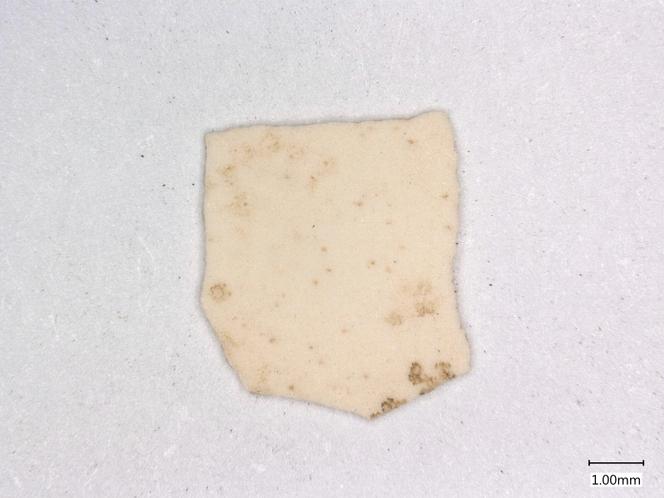


The process of domesticating chickens, now the world's most widely consumed poultry, remains hotly debated. A study published on April 2 in Nature Communications suggests that chicken farming intensified starting in the 4th century BC in Central Asia, along the Silk Road. Robert Spengler and his colleagues believe that the animal then lost the annual nature that marked the egg-laying periods of its wild ancestor. However they do not claim to have solved the question of the origin of this "enigmatic bird."
Archaeozoology has not been short of theories on the domestication of Gallus gallus, also known as the humble chicken. It is thought to have occurred in the Indus Valley, 4,000 years ago; in Southeast Asia, at least 8,000 years ago; or in northern China, 10,000 years ago. "The problem with these hypotheses is that crucial factors are missing," said Ophélie Lebrasseur (Oxford University, UK), who co-authored two vast 2022 studies in PNAS and Antiquity, reanalyzing chicken remains found at 600 archaeological sites in 89 countries.
This major clean-up of the fossil record allowed a new avenue to be proposed: The red junglefowl had moved closer to humans with the development of dry rice cultivation in Thailand, around 1500 BC. This cohabitation gave it access to food – cereals, invertebrates – and soon to shelter. And then, once domesticated as a chicken, it set off to conquer the world.
If the origins of the domestic chicken are so difficult to study, it's because its genome is blurred by hybridization and its bones are fragile, easily confused with those of hunted birds (such as the pheasant or duck). They also have a propensity to migrate within stratigraphic layers, making dating misleading. Spengler and his colleagues overcame this obstacle by taking an original interest in eggshells, remains that are presumably more fragile, but which they have managed to extract from the sediments of 13 archaeological sites. Near Bukhara, in Uzbekistan, they cover the period from 400 BC to AD 1000.
By analyzing the breathing pores and proteins in these shells, they were able to attribute them to the domestic chicken, and not to other local poultry. And they noted an increase in their quantity during the 4th century BC. "This corresponds well with what we had found by studying bones exhumed from a fortress built by Alexander the Great and from another site in Uzbekistan," Lebrasseur noted. But it also corresponds with the study of Hellenistic sites in Israel, where the abundance of chicken bones suggests an intensification of poultry farming, "probably for meat."
You have 44.51% of this article left to read. The rest is for subscribers only.
